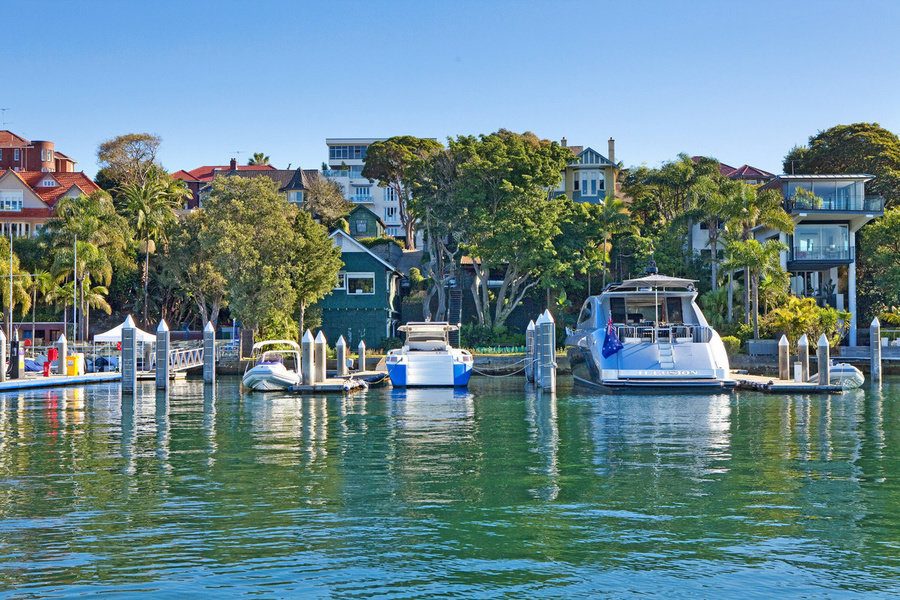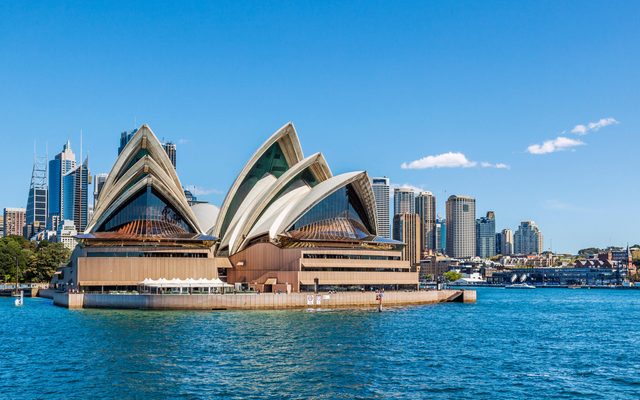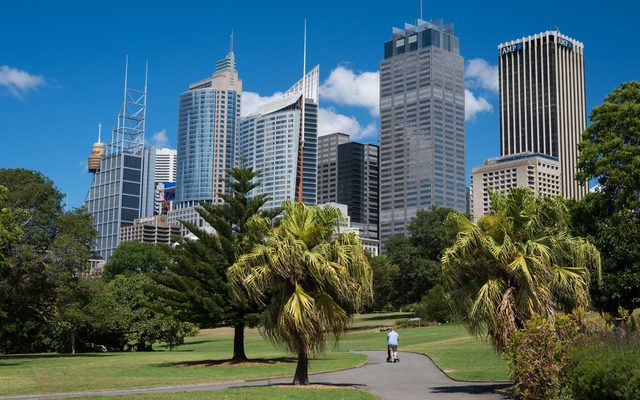This article is from the Australian Property Journal archive
AUSTRALIA is one of the toughest countries to crack the top 1% of wealthiest people, with the amount of money needed doubling in the past two years alone.
According to Knight Frank’s The Wealth Report 2023, Australia ranks third globally in the amount of money required to be a member of the 1%, with the amount rising from rising from US$2.8m in 2021 to US$5.5m in 2023.
Australia previously ranked seventh globally in 2021, while it now only sits behind Monaco and Switzerland.
“A large contributor to the top one per cent wealth level doubling in Australia over the past two years has been prime residential property performance recording an upward trajectory, resilient despite the rising cost of finance, as we know 49 per cent of this cohort tend to be cash buyers,” said Michelle Ciesielski, head of residential research at Knight Frank.
The overrepresentation of high-net-worth individuals (HNWIs) in the country is only expected to grow in the coming years, growing by 71.1% over the next five years, while ultra-high-net-worth individuals (UHNWIs) are set to grow by 40.9%.
According to Knight Frank, a HNWI is designed as those with a net wealth of more than US$1 million, with an UHNW designed as a net worth exceeding US$30 million.
“On average, the UHNW population in Australia owns 2.9 homes, or equivalent to 36 per cent of their total wealth is in primary and secondary homes. For their investible wealth, 94 per cent of their portfolios tend to be held in Australia; 34 per cent is in some form of commercial property ownership whilst 21 per cent is in equities,” added Ciesielski.
“It’s notable that the ongoing inequality of global wealth could see a greater focus on this group – particularly in terms of greater taxation on assets to support government spending throughout the pandemic, and even emissions as countries seek to develop sustainable strategies for the environment and society.”
Retaining their number one and two positions, Monaco and Switzerland require US$12.4 million and US$6.6m to breach the top 1%.
While New Zealand and the US rounded out the top five behind Australia, with US$5.2m and US$5.1m respectively required.
“We can’t underestimate how much the pandemic bought forward decision-making, rebalancing of portfolios and revaluating how time is spent in Australia going forward, given many spent longer periods of time grounded at home than they had over the past decade,” said Ciesielski.
“This resulted in more local investment in Australia and given we were better insulated from global economic turmoil, this reinforced to many the advantage of creating and maintaining wealth close to home.
Globally speaking, while there was a dip in global UHNWIs in 2022, the number of HNWIs expanded by 2.9% to almost 70 million.
With Knight Frank forecasting that the global UHNWI population will expand by 28.5 per cent to almost 750,000 over the next five years from 579,625 in 2022.





